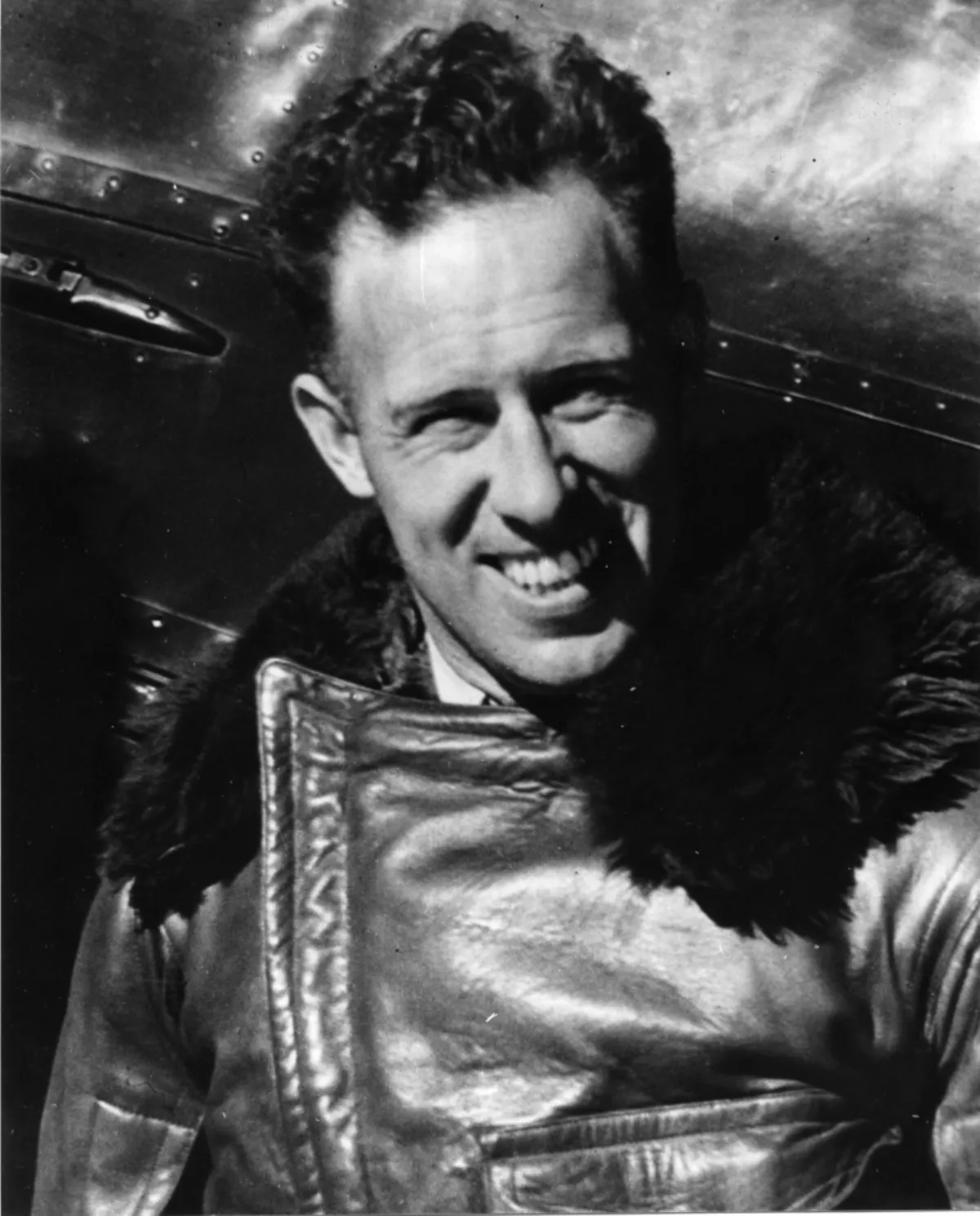 1.
1. Frank Monroe Hawks was a pilot in the United States Army Air Service during World War I and was known during the 1920s and 1930s as a record breaking aviator, using a series of Texaco-sponsored aircraft, setting 214 point-to-point records in the United States and Europe.